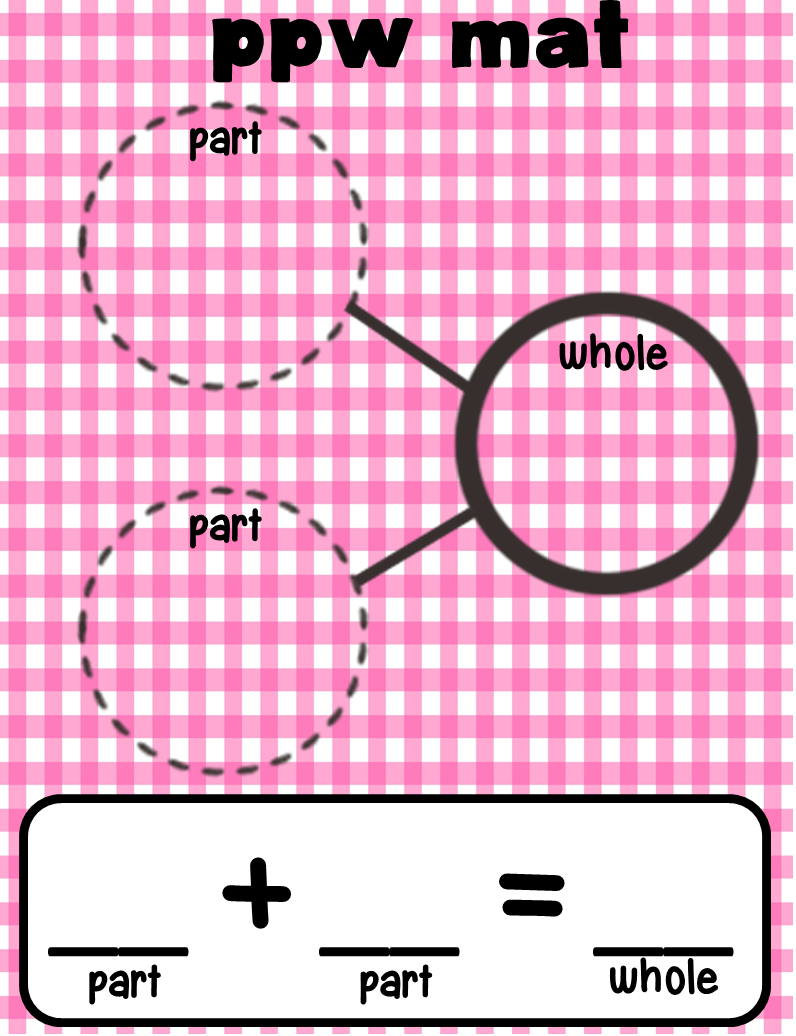Over the past 4 years, I have worked on the
creation of many Common Core documents including curriculum guides, pacing
guides, standard checklists and so on.
When you review the language of the standards and look at nouns and the
verbs, you will readily notice the close alignment with Bloom’s Revised
Taxonomy and Webb’s Depth of Knowledge.
In 2001, the new version of Bloom’s
Taxonomy was released with Bloom’s six major categories changed from nouns to
verbs. The knowledge level was renamed
remembering, comprehension was renamed understanding, and synthesis was renamed
as creating. The top two levels switched
positions in the revised version.
Norman Webb from the University
of Wisconsin Center for Educational Research generated Depth of Knowledge
levels to aid in alignment and analysis of curriculum, instruction and
assessments.
A
year ago, I created and posted free Depth of Knowledge (DOK) posters on
Teachers Pay Teachers. Click here and you can download the free download when my store opens.
My Depth of Knowledge in the
Content Areas flipchart is also available free on TPT.
With
the blizzard conditions in the Chicago suburbs, I decided to finish up my
revised Depth of Knowledge posters that match my new BLOOM’s posters by color
and level of thinking and depth of understanding.
DOK Level 1: Recall/Reproduction
matches up with Bloom’s Remembering
DOK Level 2: Skill/Concept
matches up with Bloom’s Understanding and Applying
DOK Level 3: Strategic Thinking
matches up with Bloom’s Analyzing
DOK Level 4: Extended Thinking
matches up with Bloom’s Evaluating and Creating
I
posted the product on TPT and the product includes the BLOOM’s and DOK posters,
a BLOOM’s bookmark and a Rigorous Questioning Tool that I created. Like the Cognitive Rigor Matrix, the Rigorous
Questioning Tool aligns Bloom’s Taxonomy and Webb’s Depth of Knowledge. The difference is my tool focuses on the
question stems of both documents and the Cognitive Rigor Matrix focuses on the
levels of thinking and understanding. To better understand the content being taught,
students need to think criticially and to ask and answer higher levels of
questioning. By asking higher-level
questions and participating in collaborative discussion, students deepen their
knowledge and create connection to what is being taught. I
thought my Rigorous Questioning Tool would make a great addition to your
students’ toolboxes.




In addition to Bloom’s levels of questioning,
students can benefit by becoming familiar with Costa’s Three Story Intellect. It’s very similar to both Bloom’s levels of
questioning. In the basement, students
gather information. On the first floor,
students process information. In the
penthouse, students apply information.
You got it! I created a flapbook for the Costa’s Three Story Intellect
and posted it on TPT. I love using flapbooks in student journals and interactive student notebook. Flapbooks are great for taking notes and formative assessments.
I
also decided to revise my, “BLOOM with
Higher Level Questioning”, from TPT.
The revised product now includes a new updated look and a bookmark. Check out the photos below or on Pinterest.
Finally,
I have attempted to make my first subway poster on the topic of Rigor, BLOOM
and DOK.
Check out the cute clipart from Hoot and Crow. Grab it here.



















